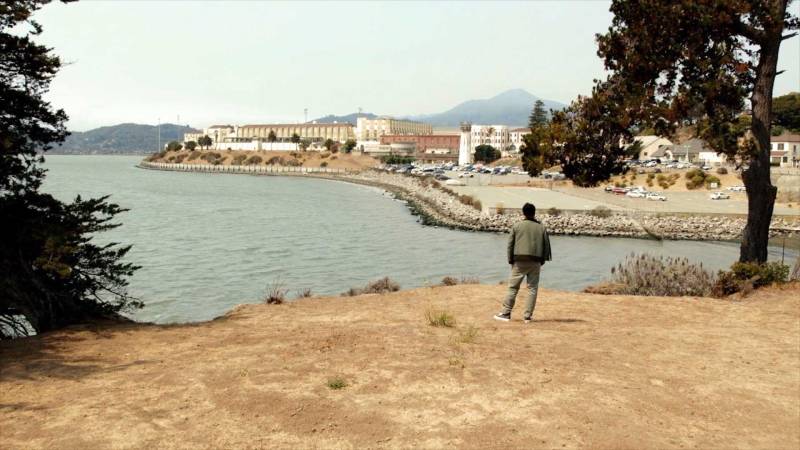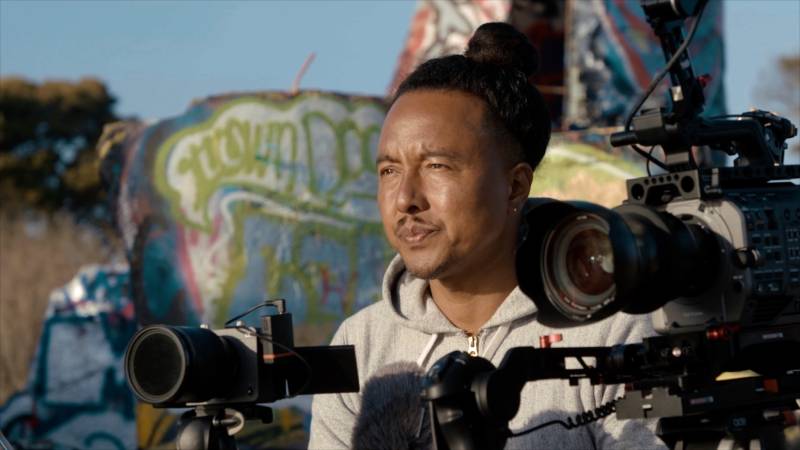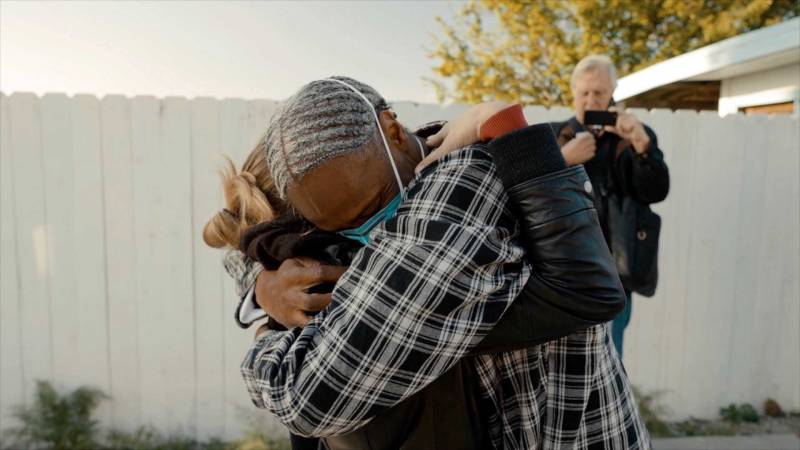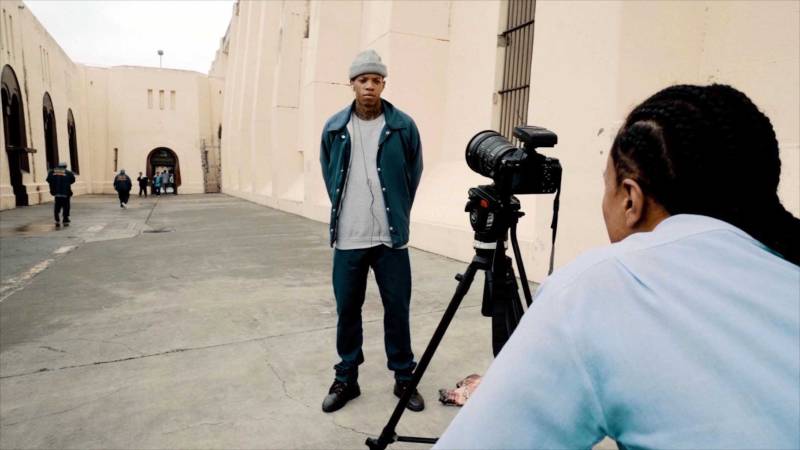Behind the concrete walls and steel bars of San Quentin State Prison sit more than 3,000 people, currently serving time. The facility itself sits on 432 acres of land in Marin County, one of the top five wealthiest counties per capita in the United States, where well-off residents walk their dogs and take in gorgeous views of the San Francisco Bay on a beach that’s just a stone’s throw from the 171-year-old complex.
While the natural environment surrounding San Quentin is a reminder of why so many love this region, inside, the prison exemplifies one of the largest issues plaguing this country: a failed carceral system.

In 2020, San Quentin was home to one of the largest COVID-19 outbreaks of any prison in the country. Since then, according to the California Department of Corrections and Rehabilitation, San Quentin has been the site of over 3,000 confirmed cases and 28 total deaths directly related to the virus.
Just a few months after the initial outbreak at San Quentin, filmmaker Adamu Chan was released from its gates. And in April, the San Francisco Film Festival will screen Chan’s latest film, inspired by his experiences, titled What These Walls Won’t Hold.




